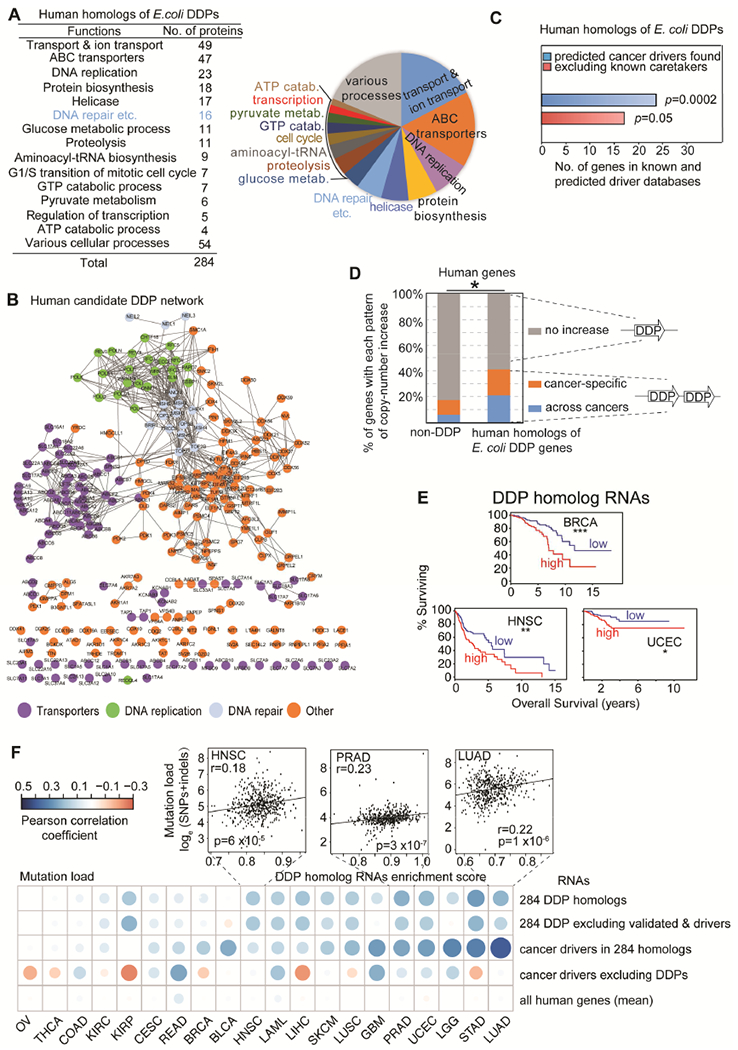Figure 2. Human Homologs of E. coli DDPs a Network Associated with Cancers.

(A) Summary of 284 human homologs of E. coli DDPs (Table S2).
(B) Protein-protein associations of human DDP homologs (Figure S2; Table S2).
(C) Human homologs are overrepresented among known and predicted cancer drivers (blue bar), even without known DNA-repair “caretakers”.
(D) hDDP candidates are enriched among genes with cancer-associated copy-number increases, indicating overexpression in cancers (Figure S3A-C, Table S4).
(E) Decreased cancer survival with high DDP-homolog RNA levels in cancers: our analyses of TCGA data (STAR Methods). Cancer types, STAR Methods. *, **, ***, high versus low levels of 284 RNAs p ⩽ 0.05; ⩽ 0.01, and ⩽ 0.001, log-rank test.
(F) High hDDP candidate RNA levels predict tumor mutation loads (TCGA data). Each dot, Pearson correlation coefficient 284 homolog RNAs/total RNAs versus tumor mutation load. The average correlation strength was in the top 0.5% of correlations for randomly selected groups of genes. X-axis, cancer types.
